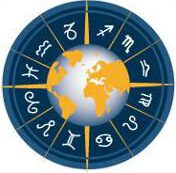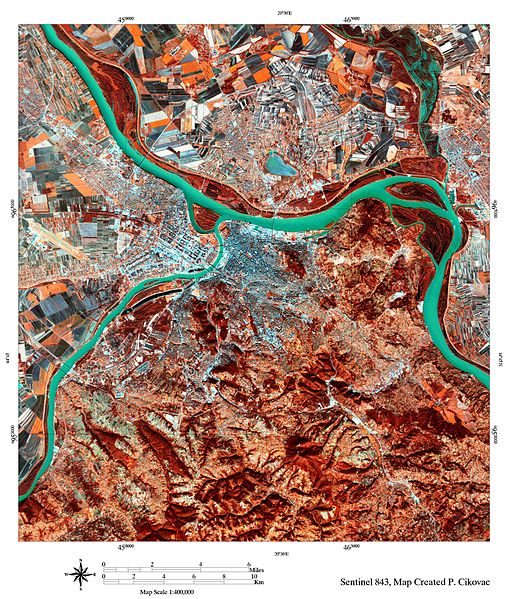Belgrade and Serbia in Political Astrology & Astrogeography. Planetary transits in relation to the capital, government and center of the national morphic field of Serbia.,
Articles on political astrogeography & birth charts of nations: African Union + Capitals, Amsterdam, Ankara, Asian Capitals, Athens, Bagdad, Bangkok, Beijing, Belgrade, Berlin (en), (Berlin (dt), Bern, Brasilia, Brussels, Cairo, Canberra, Caracas, Copenhagen and Nuuk, Damascus, EU & European Capitals, Havana, Helsinki, Hongkong, lslamabad, Jakarta, Jerusalem, Kiev, Kabul, Lhasa, Lima, London, Madrid, Manila, Mexico City, Minsk, Moscow, Myanmar, New Delhi, New York, North American Nations, Ottawa, Paris, Prague, Pyongyang, Riyadh, Rome, Seoul, Stockholm, South American Nations, Taipei, Tehran, The Hague, Tripoli, Tokyo, UNASUR, United Nations, Vienna, Warsaw, Washington, Wellington,
New Article – please drop by after some time to see my work in progress
Belgrade and Serbia in Political Astrology
Astrogeographical position of the national capital Belgrade
Astrogeographical position of Belgrade for morphogenetic field level 1 which describes the international and global resonance of the capital and political center of Serbia: according to my astrological worldmap calculation system Belgrade is located at 5°Aries and 6°Libra.
The fact that the 2 aspects of the capitals combine two exactly opposite resonance coordinates is an indication of a politcal center with the function of allowing the confrontation of polarities (East – West, North-South) adversaries Christian vs. Islam, Russian Colonial Empire vs. Western Europe and others.
This highly confrontational aspect within the capital of Serbia has therefore got be be understood as a strong indication of a relatively supra-national, international and global impact and potentia for confrontation on a global level. I want to draw the comparison with London which can be investigated as an example of an intense orientation towards confrontation, warfare and aggression through the square aspect between the two resonance coordinates of the place.
A capital in such an intense aspect of tension may be examined as an indication that of the intensity of tensions in a region as well as an aspect of a nation that stands between aggressors from all sides. Including the option of a huge potential for attempting to conquer its surroundings as well as to act in a particularly wide global perspective.
On a global scale the extreme tension of both 2 resonce coordinates of Belgrade in relation to the 6°Cancer resonance coordinate of Washington is a fascinating example for an aspect of maximal competition as well as exchange as in the grand cross between the EU founding members capitals (Rome,Berlin, Paris, Amsterdam).
Birth and Foundation Charts for Serbia
A deeper investigation of the origins and roots of the first Serbian national state has got to explore the history of the Balkan after the Fall of the West-Roman Empire in the 2nd half of the 5th century.
The wikipedia discussion delivers the following information: “Serbs settled the Balkans in the 6th and 7th centuries“… founding the principality of Serbia under East-Roman rule “during the reign of Heraclius (610–641)”. Their “most prominent settlement being the First Serbian Principality of the Vlastimirovići dynasty ruling over modern-day Montenegro, Bosnia, Dalmatia, and Serbia. It evolved into a Grand Principality by the 11th century, and in 1217 the Kingdom and national church (Serbian Orthodox Church) were established, under the Nemanjić dynasty.”
Foundation of the Kingdom of Serbia in 1217

- though not exactly conjunct the resonance coordinates of Belgrade at 5°Aries-6°Libra, the exact Mars-Saturn opposition near Belgarde and between the very centers of Aries (warfare( and Libra (diplomacy) can be taken as an indication of the geo-strategical tension of that particular year.
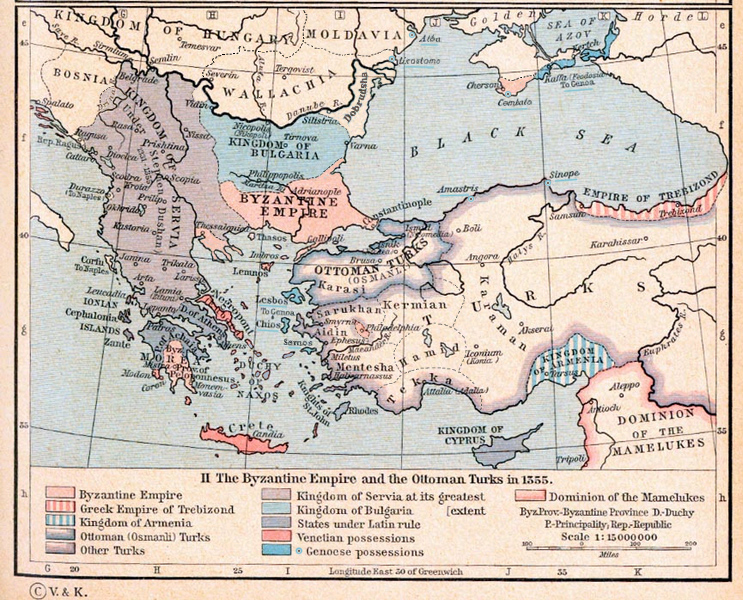
The Ottoman conquest through the “Battle of the Kosovo plain” in 1389
The full independence of Serbia in 1878

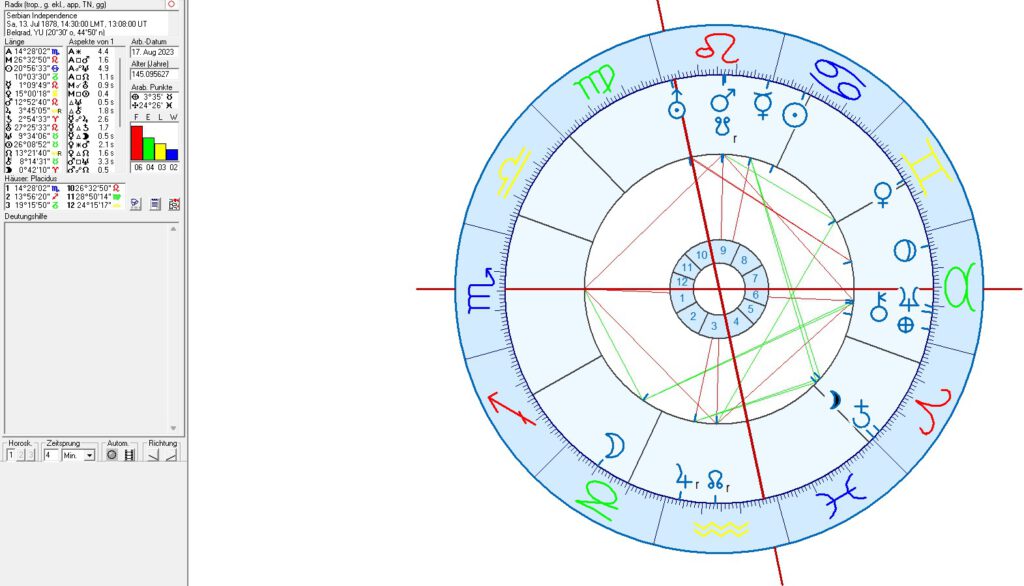
The proclamation of the Kingdom of Serbia of 1882
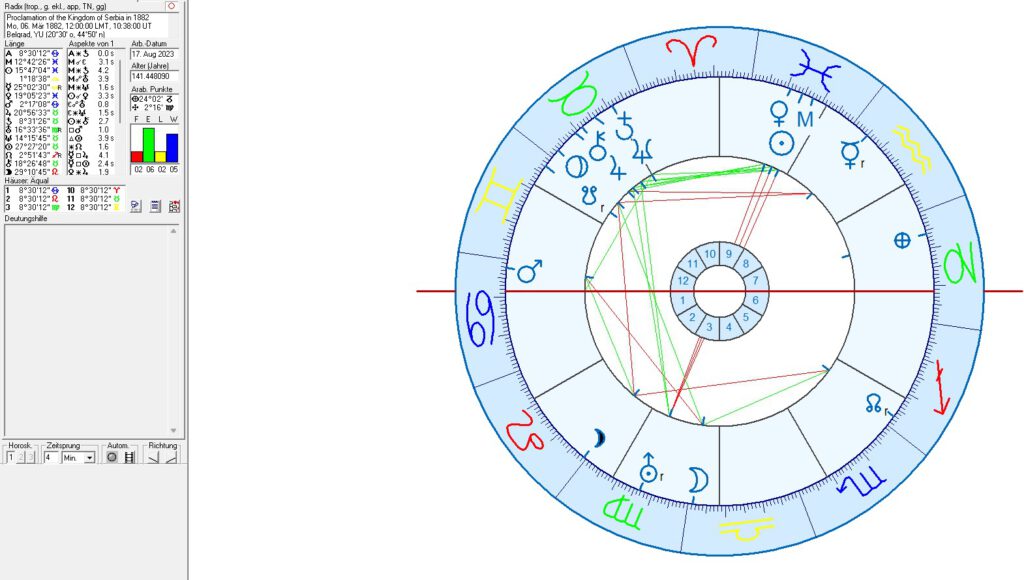
The foundation of larger Kingdom of Serbia of 1918
The evolution that led to the foundation of Yogoslavia out of the the Kingdom of Serbia at the end of World War I happened in several steps:
- the secession of a new state of State of Slovenes, Croats and Serbs from Austria-Hungary proclaimed on 29 Oct. 1918
- the association of the new state with the Kingdom of Serbia proclaimed on 1 Dec 1918
- the change of name of the state into Yogoslavia by King Alexander I on 3 October 1929 as a consequence of his dictatorship after his Coup d`Etat of 6 January 1929.
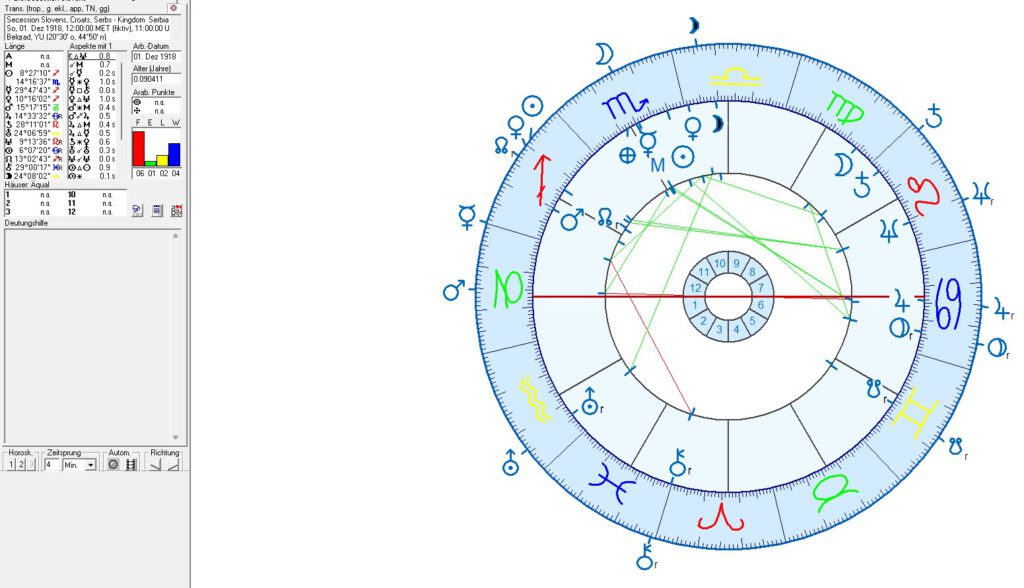
Serbian proclamtion of Independence of 2006

